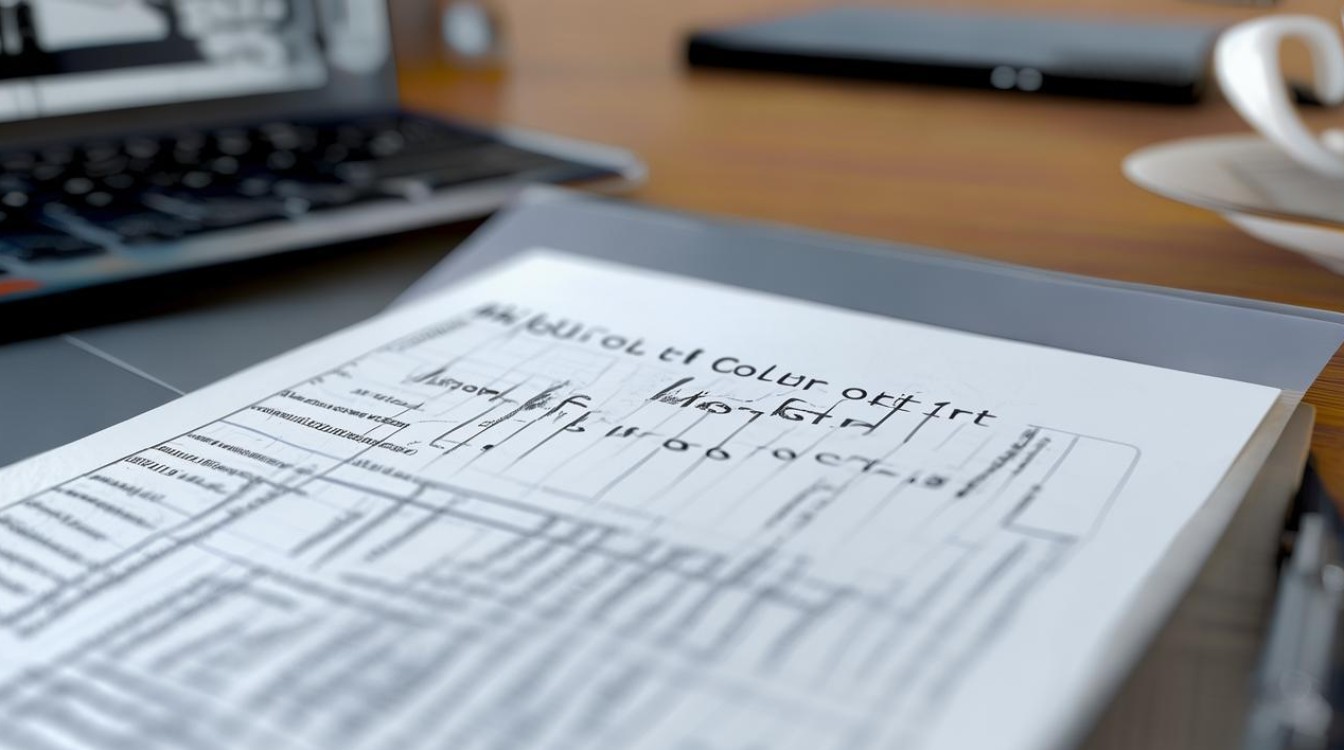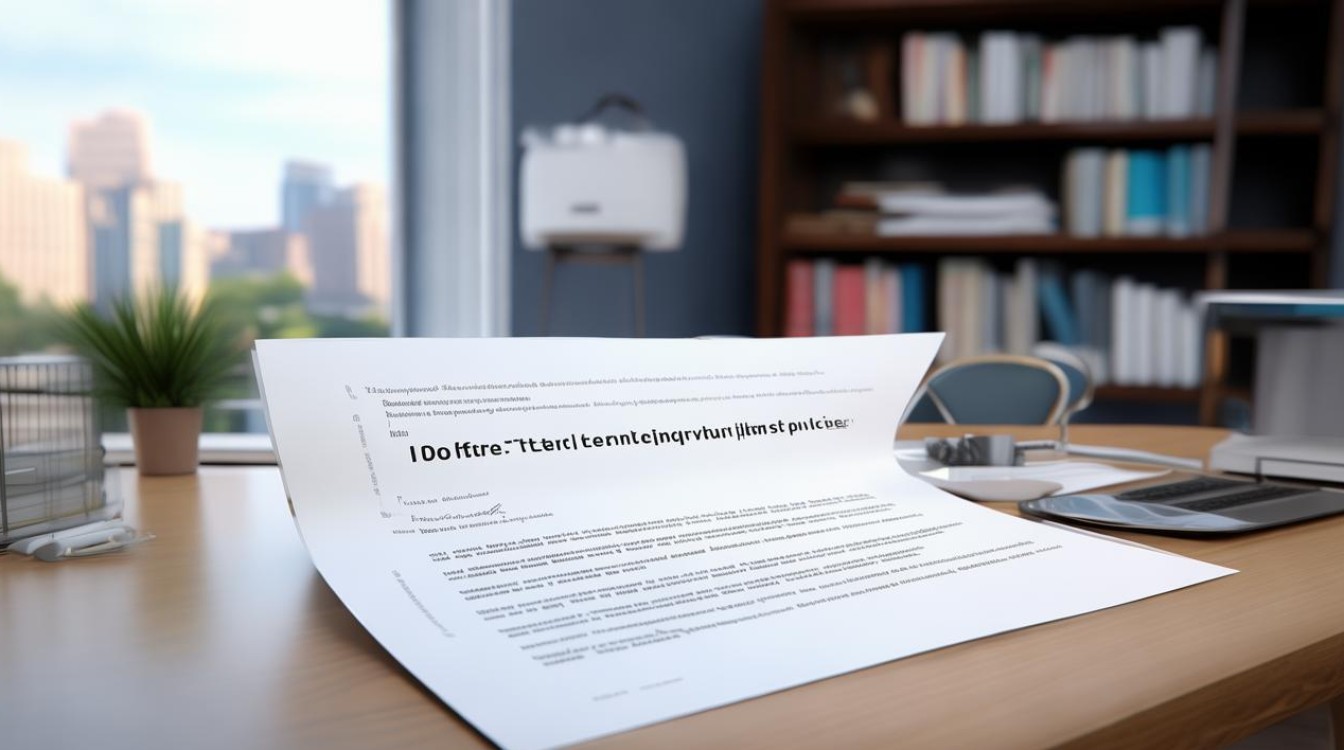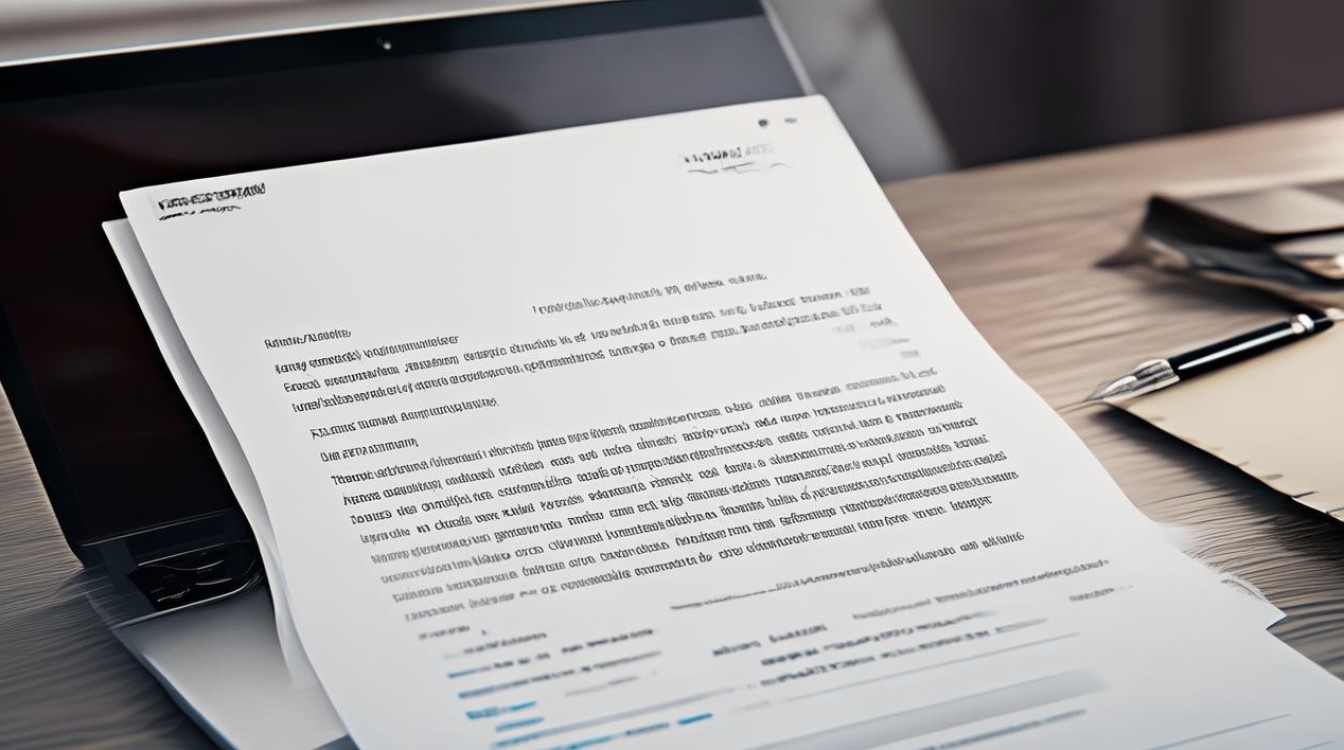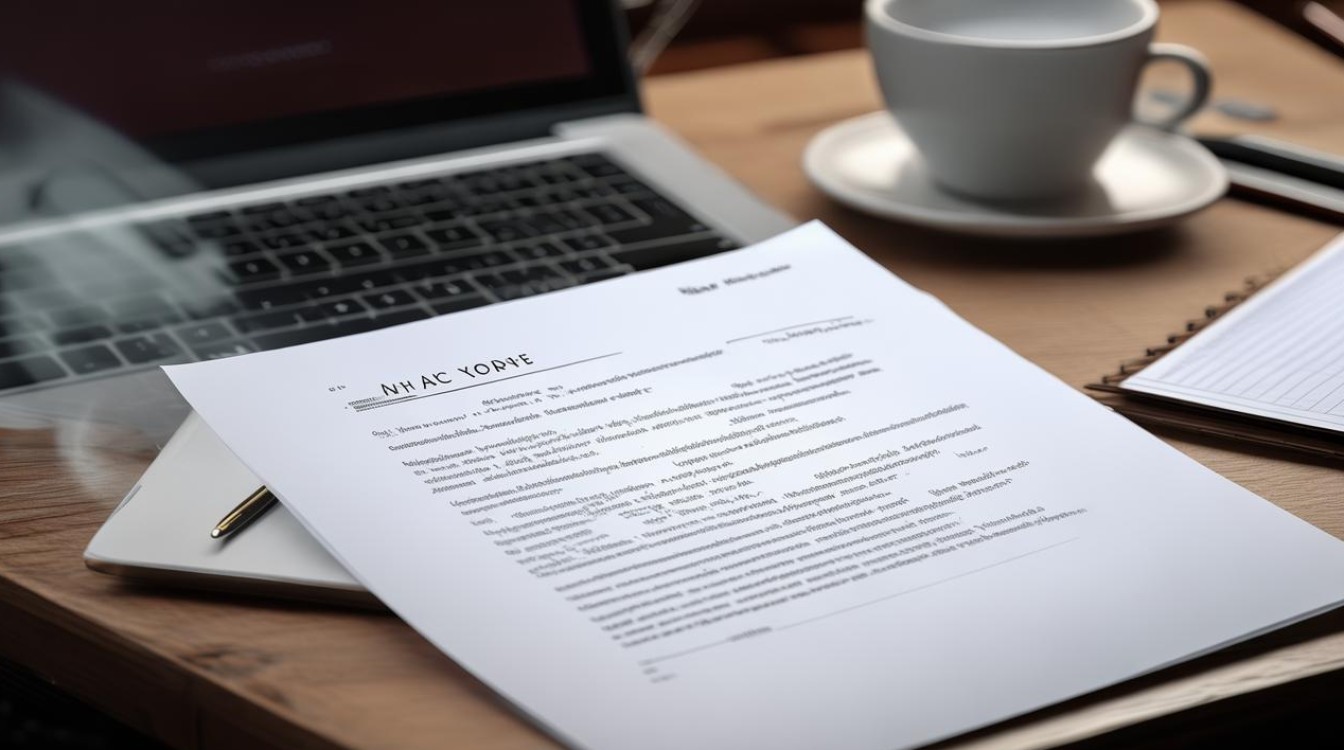Writing an effective inquiry letter in English is essential for business communication, whether you're sourcing products, requesting services, or gathering information. A strong opening sets the tone and increases the likelihood of a prompt, helpful response. Below, we’ll explore practical strategies to craft a compelling introduction for your inquiry letter while ensuring clarity and professionalism.

Begin with a Clear Purpose
The first sentence should immediately convey your intent. Avoid vague language—state what you need directly. For example:
"We are interested in purchasing bulk quantities of your eco-friendly packaging materials and would appreciate details on pricing and availability."
This approach eliminates confusion and shows respect for the recipient’s time.
Introduce Yourself or Your Company
Establish credibility by briefly explaining who you are. If you represent a business, mention its name and core activities. For individuals, a concise identifier works:
"As the procurement manager at Green Solutions Ltd., I specialize in sourcing sustainable office supplies for corporate clients."
This builds trust and aligns with E-A-T (Expertise, Authoritativeness, Trustworthiness) principles, which search engines prioritize.
Reference a Connection or Previous Interaction
If applicable, mention how you found the recipient or any prior contact. This personalizes the letter:
"After reviewing your product catalog on [Platform Name], we believe your solar panels align with our renewable energy projects."
Or:
"Following our conversation at the Tech Expo last month, we’d like to formalize our request for software demos."
Such references demonstrate genuine interest and foster rapport.
Highlight Mutual Benefits
Frame your inquiry as a potential collaboration rather than a one-sided request. For instance:
"Partnering with your firm could help us streamline logistics while expanding your market reach in Southeast Asia."
This encourages engagement by showing the recipient the value of responding.
Use Polite but Concise Language
While politeness is key, avoid excessive formality that slows readability. Opt for phrases like:
"Could you kindly share…"
"We would be grateful if you could provide…"
Steer clear of outdated expressions ("Kindly be advised") or overly casual tones.
Specify Deadlines (If Urgent)
If timing matters, mention it upfront—but politely:
"We aim to finalize suppliers by March 30 and would appreciate your quote at the earliest convenience."
This sets expectations without sounding demanding.
Avoid Common Pitfalls
- Overloading details: Save technical questions for later in the letter.
- Generic openings: "To whom it may concern" feels impersonal. Use a specific name or department when possible.
- Jargon: Ensure industry terms are widely understood or briefly explained.
Example Openings for Different Scenarios
Product Inquiry:
"Dear [Supplier’s Name],
Our retail chain, HomeStyle, is expanding its kitchenware line and is interested in your ceramic cookware range. Could you send pricing and bulk order discounts for orders of 500+ units?"
Service Inquiry:
"Dear [Agency Contact],
As a startup in the fintech sector, we seek a digital marketing partner with expertise in financial services. Your work with [Client Name] impressed us—could you outline your campaign packages?"
Academic/Information Request:
"Dear Professor [Last Name],
I’m a graduate student researching climate policy and came across your 2023 study on carbon taxation. Would you be available to discuss your findings further?"
Final Tips for Optimization
- Subject Line: If emailing, use a clear subject like "Inquiry: Product Pricing for [Product Name]."
- Formatting: Use short paragraphs and bullet points for complex requests.
- Follow-Up: Include contact details and a note like, "Feel free to reach me at [email] or [phone] for clarification."
A well-structured inquiry letter opening balances professionalism with approachability. By clearly stating your needs, establishing credibility, and emphasizing mutual value, you’ll maximize response rates and build productive business relationships.
Remember: The goal is to make it easy for the recipient to say "yes." A concise, courteous, and targeted opening achieves exactly that.




